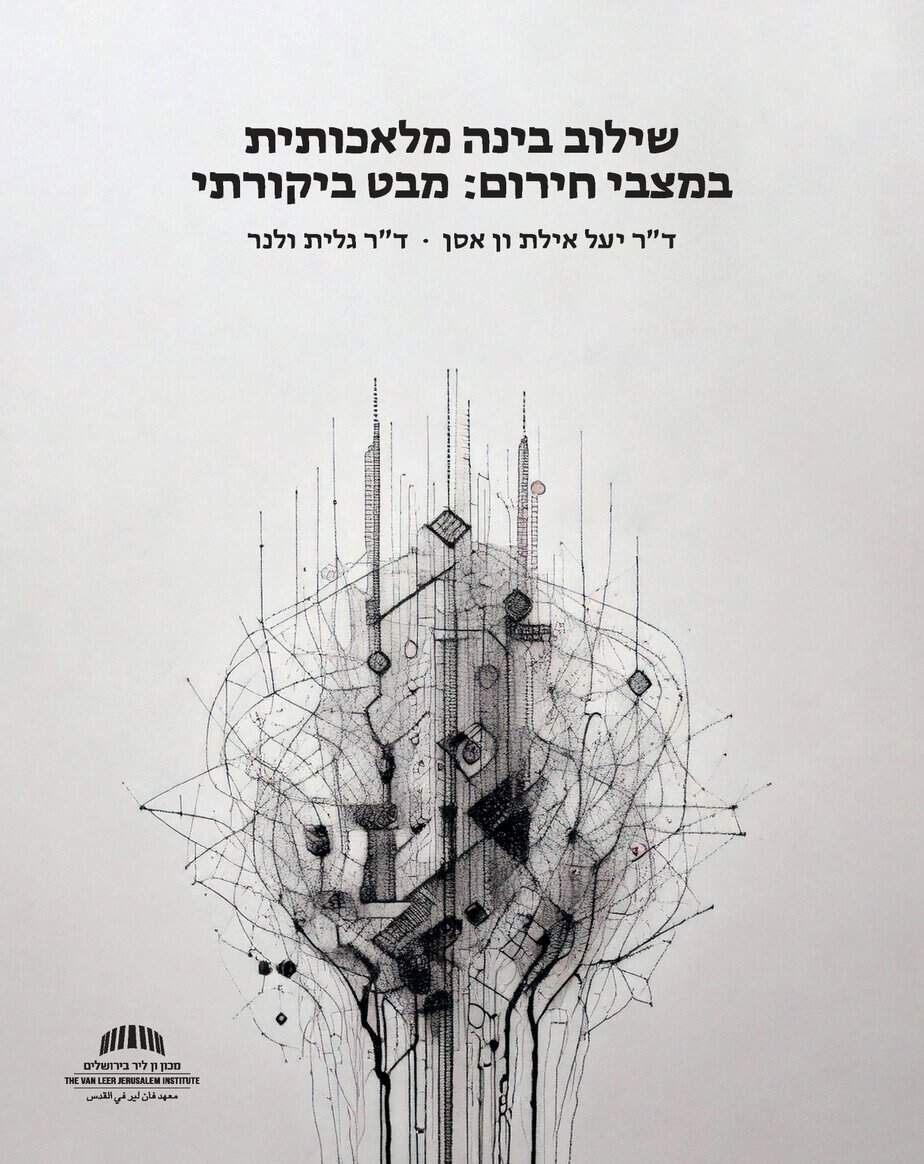The Ethnic Code
Selection Practices and Ethnic Identities in the IDF
| By | Ze’ev Lehrer |
| Publisher | Van Leer Institute Press and Hakibbutz Hameuchad |
| Language | Hebrew |
| Year of Publication | 2021 |
| Series | Theory and Criticism in Context Series |
The KABA battery of tests—the initial and primary classification instrument that determines the military assignment of conscripts in the Israel Defense Forces (IDF)—was created in the 1950s. Over the years it has generated rumors, myths, and urban legends, but it remains obscure and couched in mystery, a kind of black box. The Ethnic Code: Selection Practices and Ethnic Identities in the IDF opens this black box. It is based on the first study of its kind, encompassing every IDF conscript from the 1950s through the end of the 1990s. Based on the examination of hundreds of documents that were classified until recently, the book describes the decision-making processes based on the KABA scores. The author reveals a host of data that indicate the gaps between the scores of Ashkenazi and Mizrahi conscripts, the sources of these gaps, and primarily their influence on the ethnic stratification of the IDF.
Ze’ev Lehrer’s book offers a thorough and innovative response to the question of how the practice of institutional racism operates in a modern organization and how it is made possible. By tracing the history of the KABA, Lehrer exposes a painful story that has been formative in shaping relations between Mizrahi and Ashkenazi Jews in Israel. The book describes the cultural and political oppression of Jews from Arabic-speaking countries, precisely within the institution that promises them equality, partnership, and national honor.
Dr. Ze’ev Lehrer heads the Sociology Program at the Peres Academic Center and is a lecturer in the NCJW Women and Gender Studies Program at Tel Aviv University. He was a senior scholar in the Department of Behavioral Sciences in the IDF, and he specializes in studies of gender and ethnicity in organizations and the study of understanding of the other in everyday life.




